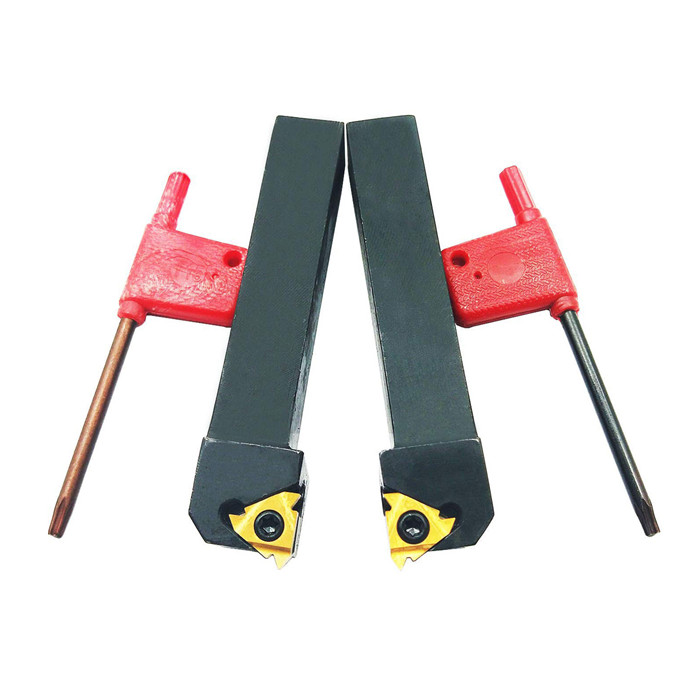blade micrometer Manufacturers
Blade micrometers are precision measuring instruments designed for accurately gauging narrow grooves, slots, and other hard-to-reach areas. This guide explores the top blade micrometer manufacturers, key features to consider when selecting a model, and essential information for optimal usage.
Understanding Blade Micrometers
What is a Blade Micrometer?
A blade micrometer utilizes thin, blade-shaped anvils and spindles to measure dimensions that standard micrometers cannot access. Their design makes them ideal for measuring the groove width, keyway width, or the thickness of ribs and lands.
Applications of Blade Micrometers
Blade micrometers find applications across various industries, including:
- Automotive (measuring piston ring grooves)
- Aerospace (measuring turbine blade dimensions)
- Manufacturing (measuring slot widths in machined parts)
- Tool & Die (measuring narrow grooves in molds and dies)
Top Blade Micrometer Manufacturers
Choosing the right manufacturer is crucial for ensuring accuracy and reliability. Here are some leading blade micrometer manufacturers, including options from Wayleading Tools:
Mitutoyo
Mitutoyo is a globally recognized name in metrology, known for its high-precision measuring instruments. Their blade micrometers feature advanced designs and durable construction. For example, the Mitutoyo 122-111 features carbide-tipped measuring faces for increased wear resistance.
Key features of Mitutoyo Blade Micrometers:
- High accuracy and repeatability
- Carbide-tipped measuring faces (on some models)
- Ratchet stop for consistent measuring force
- Digital and analog options available
Starrett
Starrett offers a range of blade micrometers designed for various applications. Their instruments are known for their quality and durability.
Key features of Starrett Blade Micrometers:
- Hardened and ground spindle and anvil
- Satin chrome finish for easy reading
- Adjustable sleeve for zero setting
Brown & Sharpe
Brown & Sharpe offers a solid selection of blade micrometers. They are generally known for consistent quality and durability, catering to a wide variety of applications.
Wayleading Tools
Wayleading Tools offers a variety of precision measuring instruments, including blade micrometers designed for accurate measurements in challenging environments. We offer quality and durable blade micrometers to cater to customer's needs.
Key Features to Consider When Selecting a Blade Micrometer
When choosing a blade micrometer, consider the following factors:
Accuracy and Resolution
Ensure the micrometer meets your required accuracy and resolution. Common resolutions are 0.001' (0.01mm) or 0.0001' (0.001mm).
Blade Thickness and Material
The blade thickness should be appropriate for the feature you are measuring. Thinner blades are ideal for very narrow grooves. The blade material should be durable, such as hardened steel or carbide.
Measuring Range
Select a micrometer with a measuring range that encompasses the dimensions you need to measure.
Digital vs. Analog
Digital micrometers offer easy-to-read displays and often include features like data output for SPC (Statistical Process Control). Analog micrometers are generally less expensive and do not require batteries.
Ease of Use
Consider the ergonomics of the micrometer, including the thimble design and the presence of features like a ratchet stop for consistent measuring force.
Using a Blade Micrometer: Best Practices
To ensure accurate measurements, follow these best practices:
Calibration
Regularly calibrate your micrometer using gauge blocks or other certified standards.
Cleanliness
Keep the measuring faces clean and free from debris. Use a soft cloth to wipe them before each measurement.
Measuring Force
Apply consistent measuring force using the ratchet stop (if equipped) or a light, even pressure.
Proper Alignment
Ensure the blades are properly aligned with the feature being measured.
Troubleshooting Common Issues
Inconsistent Readings
Possible causes include improper calibration, dirty measuring faces, or inconsistent measuring force. Ensure the micrometer is properly calibrated and clean, and use a ratchet stop for consistent force.
Difficulty Accessing Narrow Grooves
Ensure you are using a blade micrometer with blades that are thin enough to access the groove. Consider models with particularly thin blades designed for extremely narrow spaces.
Table 1: Comparison of Blade Micrometer Features from Different Manufacturers
| Manufacturer | Model | Measuring Range | Resolution | Blade Material | Digital/Analog |
|---|---|---|---|---|---|
| Mitutoyo | 122-111 | 0-1' | 0.0001' | Carbide | Analog |
| Starrett | 449A-1RL | 0-1' | 0.0001' | Hardened Steel | Analog |
| Wayleading Tools | WL-BM100 | 0-4' | 0.0001' | Hardened Steel | Analog |
Conclusion
Selecting the right blade micrometer from a reputable manufacturer like Wayleading Tools is essential for accurate measurements in challenging applications. By understanding the key features and best practices outlined in this guide, you can ensure optimal performance and reliable results.
References:
- Mitutoyo Website: https://www.mitutoyo.com/
- Starrett Website: https://www.starrett.com/
Related products
Related products
Best selling products
Best selling products-
 HSS Inch Screw Slotting Saws For Industrial With Bright Or TiN Coated
HSS Inch Screw Slotting Saws For Industrial With Bright Or TiN Coated -
 HSS Inch Concave Milling Cutter For Industrial
HSS Inch Concave Milling Cutter For Industrial -
 131PCS Thread Repair Set And Helicoil Type Thread Repair Set
131PCS Thread Repair Set And Helicoil Type Thread Repair Set -
 Partial profile 60° Threading Insert With ER & IR Type
Partial profile 60° Threading Insert With ER & IR Type -
 Indexable SER & SEL Threading Tool Holder With Metric & Inch Size
Indexable SER & SEL Threading Tool Holder With Metric & Inch Size -
 Inch Solid Carbide Twist Drill With Internal Coolant & External Coolant
Inch Solid Carbide Twist Drill With Internal Coolant & External Coolant -
 Precision Vernier Caliper With Nib Style Jaws Of Metric & Imperial For Industrial
Precision Vernier Caliper With Nib Style Jaws Of Metric & Imperial For Industrial -
 HSS Annular Cutters With Weldon Shank For Metal Cutting
HSS Annular Cutters With Weldon Shank For Metal Cutting -
 Precision IP54 Digital Outside Micrometer Of Inch & Metric With Data Output
Precision IP54 Digital Outside Micrometer Of Inch & Metric With Data Output -
 Type D Ball Tungsten Carbide Rotary Burr
Type D Ball Tungsten Carbide Rotary Burr -
 Precision Expanding Mandrel From 9/16″ to 3-3/4″
Precision Expanding Mandrel From 9/16″ to 3-3/4″ -
 Precision V Block Set With Industrial Type
Precision V Block Set With Industrial Type











